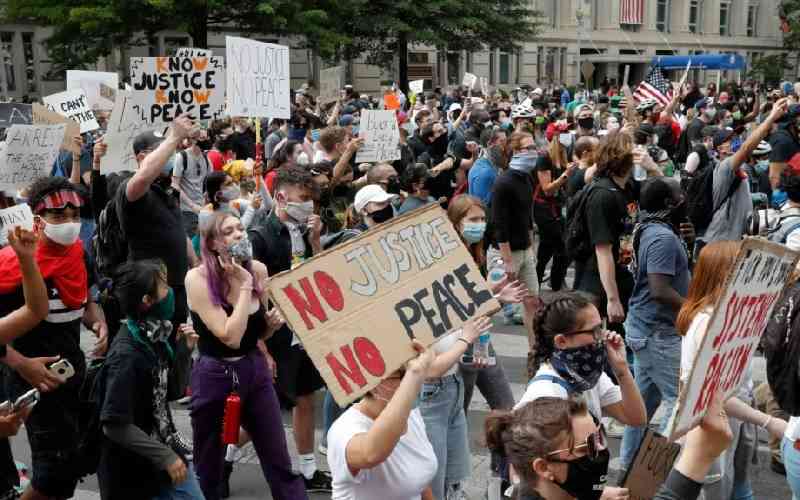×
The Standard e-Paper
Fearless, Trusted News

The United States is the only Western nation among the world's 50 most conflict-ridden countries, according to new research that measures political violence around the globe.
The U.S. ranking is driven by rising levels of political violence and a proliferation of far-right groups in the country in recent years, according to the Armed Conflict Location & Event Data Project, or ACLED.